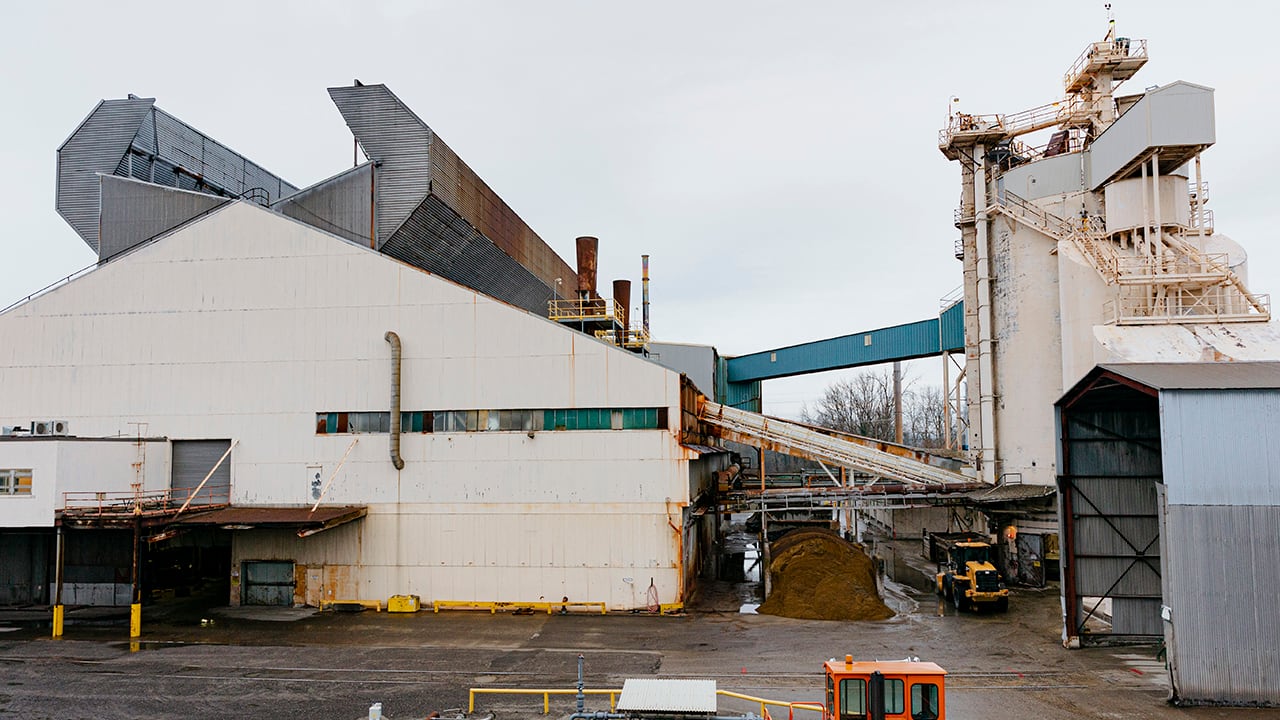Just west of the I-205 bridge (on the Oregon side), there’s a large industrial building with a very oddly shaped roof, like a giant hatch opening up to admit some massive alien spacecraft. I’ve seen similar buildings elsewhere. Is the arrival of the Mothership imminent? —Sir Nose d’Voidofbrains
I wish I could tell you, Nose, that Starchild’s space ark—as prophesied in George Clinton’s P-Funk mythos—is on its way. (I’d probably be first up against the wall when they arrived—I’m basically the personification of the Placebo Syndrome—but I can live with that.) Unfortunately, the strange bulges that WW’s own Nigel Jaquiss once compared to “a pair of enormous hands…praying for relief,” do not in fact open and close for spaceships or anything else. Rather, they’re part of a system for managing the heat and fume removal needs of industrial processes, which I think we can all agree is just about the least funkalicious sentence ever uttered.
That said, the thing that those hands might have been praying for relief from—a city tax on factories with a heavy carbon footprint (“Glass Houses,” WW, Jan. 27, 2021)—is directly related to why they’re there in the first place. The Owens-Brockway glass-recycling plant is carbon intensive because it uses a lot of energy, and since that energy is used to melt down the equivalent of 440,000 beer bottles a day (thanks, Nigel!), it can get pretty toasty in there. The weird roof things—which are called Robertson ventilators—keep the building from melting along with the bottles.
When you’re generating that much heat, the exhaust fans and louvered vents used in normal shops could never keep up. Instead, here the entire roof is the exhaust vent. The unusual shape is designed to keep rain and snow out while still allowing heat (and possibly some less wholesome pollutants) to escape.
The ridges look a bit like crooked chimneys and work on the same principle, drawing fresh cool air in at the bottom and venting the hot air out the top.
Some installations goose the process with inward-facing fans around the base of the building, but most of the work is done passively by natural thermodynamic processes. All in all, it’s just about the fastest way industry has devised for getting waste heat out of a building. Unless, of course, you’re willing to tear the roof off the sucker.
Questions? Send them to dr.know@wweek.com.

